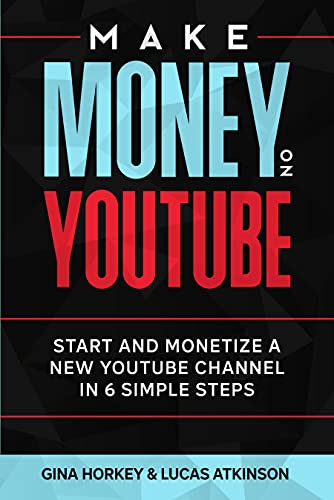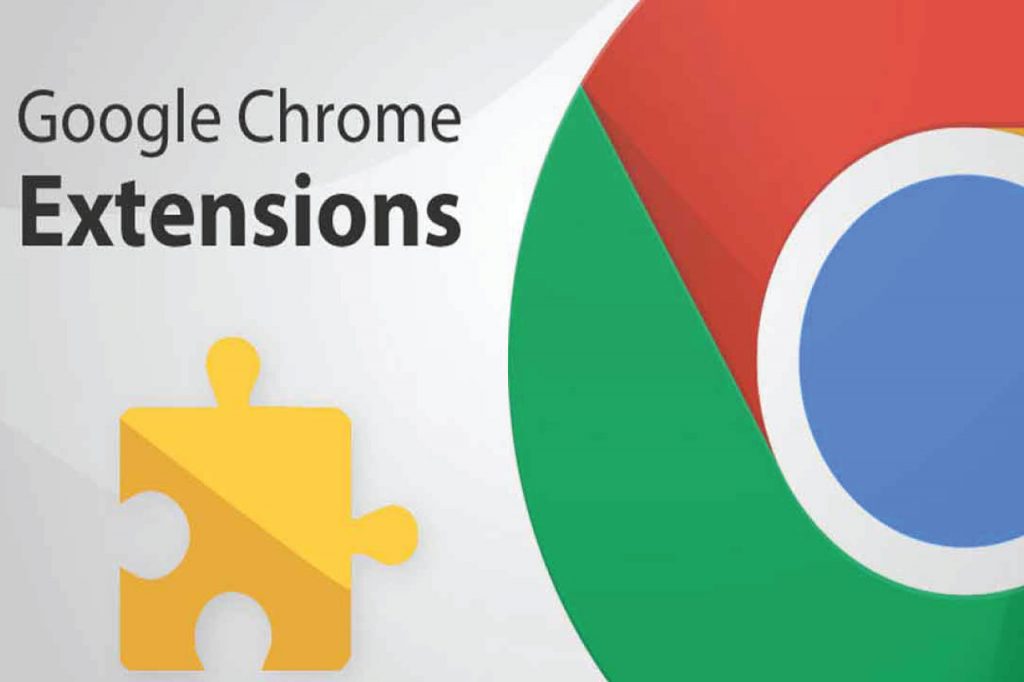
There are many types of affiliate marketing programs. Some of them are Pay per lead, Pay per sale, Pay per action, and Unattached. Let's examine the differences between them. Which one is the best for you? Here are some ways to choose the right program. Although affiliate marketing can seem fun and simple, it is important to fully understand what you are doing. Listed below are the best affiliate marketing programs available.
Pay per lead
Pay per lead marketing programs may be a good option for you if your looking to start an affiliate program. This type of affiliate marketing allows you to make money without any initial investment. When people sign up to a trial, buy a product or subscribe to a newsletter, you earn commissions. Pay per Lead programs are also known by cost per lead, pay per action or cost per lead. You can earn money by referring friends and family to these companies.
Pay per lead affiliate programs work by rewarding you for generating new, qualified leads for a merchant. The merchant will pay you a commission for each lead that becomes a paying customer. Pay per Lead affiliate programs pay a bonus for a particular percentage of qualified leads. This means that a particular percentage of your traffic may not turn into a customer but instead, will lead to a higher commission.
Pay per Sale

There are many affiliate marketing programs that pay per sale. Some affiliate marketing programs offer higher commissions while others offer lower commissions. Although these programs provide extensive reporting tools, they may not be the right fit for you. Some take a lot of time to set up while others require you to have a solid following. These are the best. Continue reading to find out more about these programs as well as how they work. HubSpot can also be used to manage your marketing.
OptinMonster is an associate marketing program that allows users to create campaigns on their website and then display them to visitors once they exit the site. This technology uses Exit Intelligence (r) Technology to recapture visitors who have left your website. Geolocation Targeting allows you to customize your campaigns based upon the location of your users. You can optimize your campaigns to specific pages of your website by using these tools.
Pay per action
Pay per action marketing is where an advertiser pays an affiliate for each sale made or referral. An affiliate is paid by the advertiser for every purchase or referral that leads to an action on their website. A publisher gets rewarded for directing traffic to the advertiser’s website. The affiliate is paid when the customer makes a purchase or hires services. These programs usually pay lower affiliate commissions than other programs, but they can still be very profitable for many websites.
Another payment strategy that you can use is pay per leads, or PPL. Affiliates are paid based on how many leads they generate through pay per lead programs. These leads are high-quality but not yet paying customers. These leads might be faked, weak, or both. This can negatively impact advertisers. But there are ways to avoid this problem. Pay per lead programs can be a good choice for those looking for a steady income.
Unattached

Affiliate marketing programs that are unattached can be a great way to promote a product even if you don't know anything about it. Unattached Affiliates don't have any connection with the product. Instead, affiliates simply click on the link and visit the original company to purchase the product. The affiliate is paid a commission when the clicker purchases the product. Although many affiliate marketing programs offer low-paying, unpredictable commissions, affiliates who are not attached can still make good money with unattached associate marketing.
Search engine marketing, pay-per-click marketing, and search engine marketing are both examples of unattached marketing. As the name suggests, unattached affiliates don't have a relationship with the product and have to rely on paid-to-place models to get traffic. However, if you can drive high-quality traffic to the product, you can earn a great deal of money through these programs. These types of affiliate marketing programs pay more than $100 each day.
FAQ
Which content marketing agencies are the most effective?
Most content marketing agencies have extensive knowledge in developing content strategies for clients.
Their expertise can save you time and help you to create a personalized plan that is tailored to your needs.
Don't assume every agency can provide the skills that you require. There are some companies that specialize in a specific niche, like eCommerce. Others are specialists in particular industries, such law firms.
Ask them about their specialties and you'll find the right agency for you.
What are the 7 Steps of Content Marketing?
This seven-step content marketing process includes:
-
Identify the problem
-
Find out what's currently working
-
Make new ideas
-
Turn them into strategies
-
They are worth a try
-
Measure results
-
Keep going until you find the right solution.
This strategy is practical for both large and small businesses.
Where should I start with Content Marketing?
Start by identifying the audience. Who are they exactly? What are their needs What are their needs? You can identify who you are writing to and where you should focus your efforts.
How long should my Content Marketing be effective?
It depends on your goals. Businesses may be looking for immediate results, while others want long-term growth. We recommend that you begin with three months worth of consistent content creation, and then review your work after that time.
How long will it take for content marketing to be started?
It depends on how large your business is. Smaller companies often don't have sufficient resources to invest right away in content promotion. If you put in the effort, it can really pay off.
Statistics
- Out of the 1,500 marketers we surveyed for our State of Content Marketing report, 78% who felt their content marketing strategy was exceptionally effective in 2021 had documented their strategy. (semrush.com)
- An example of an overarching goal could be: "In 2022, we want to achieve a 20% increase in revenue created by organic content and generate 15,000 MQLs with a budget of $30,000." (semrush.com)
- Content marketing produces 3X more leads per dollar spent. Content marketing costs 62% less than traditional marketing. (criteo.com)
- According to our research, 65% of companies with very successful content marketing in 2021 ran content audits at least twice a year. (semrush.com)
- Forty-seven percent of buyers view 3 to 5 pieces of content before engaging with a sales representative. (mailchimp.com)
- To further show the importance of this, 89% of people have stopped doing business with a company because of a poor experience. (neilpatel.com)
- According to research compiled by Coschedule: Companies that publish 16+ blog posts a month get as much as 3.5x as much traffic as those that publish 0-4 posts a month. (criteo.com)
- In fact, would pay more for a better customer experience, and 86% of B2B buyers would pay more. (neilpatel.com)
External Links
How To
How can I get started with content-marketing?
Content Marketing is an effective way for organizations to reach potential customers and generate leads online. Through providing relevant information about products or services, you can help potential clients to get in touch with you.
Content marketing builds trust with visitors which results in higher sales conversions and profit.
To get started, you can create a blog. Blogs allow you to publish new articles on a user-friendly platform.
This allows people the opportunity to revisit your site often and read what you've written. You can also use social media sites, such as Facebook or Twitter, to share pertinent news and information.
YouTube allows you create and upload videos. These videos can help educate viewers about your business.
Finally, you can create infographics using tools like Canva. Infographics represent data visually. They are great for explaining complex concepts and making it easier to digest information.
Your chances of reaching new readers are greater if you post more often and consistently.